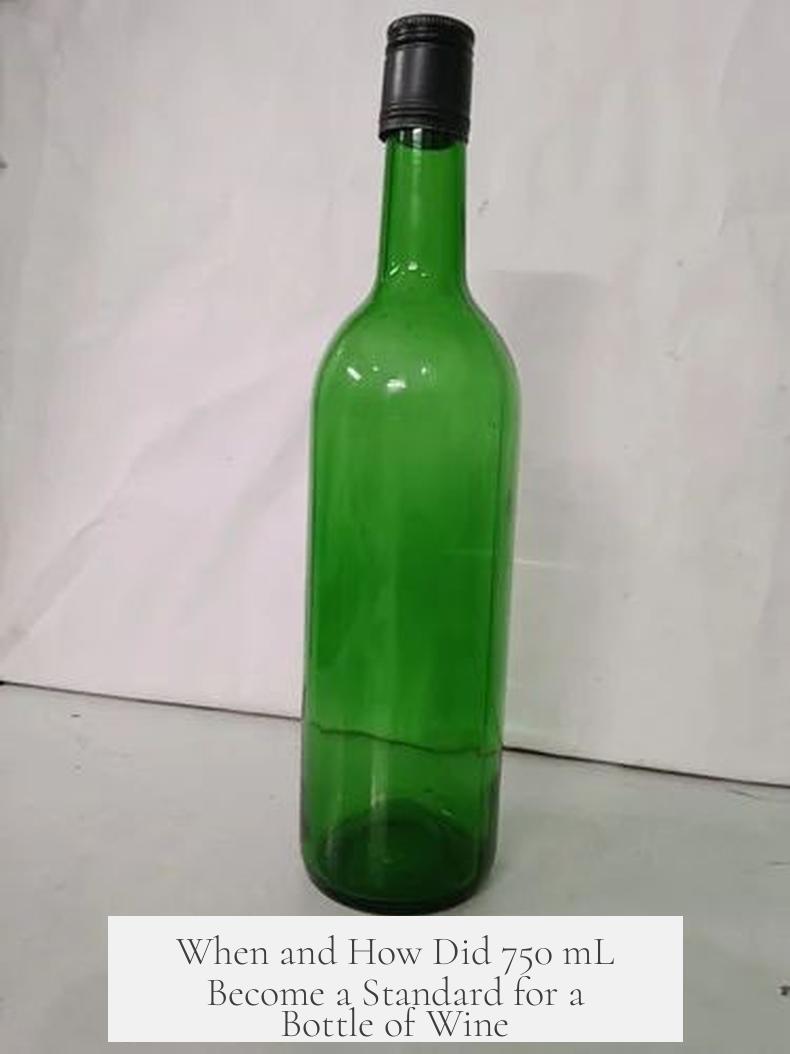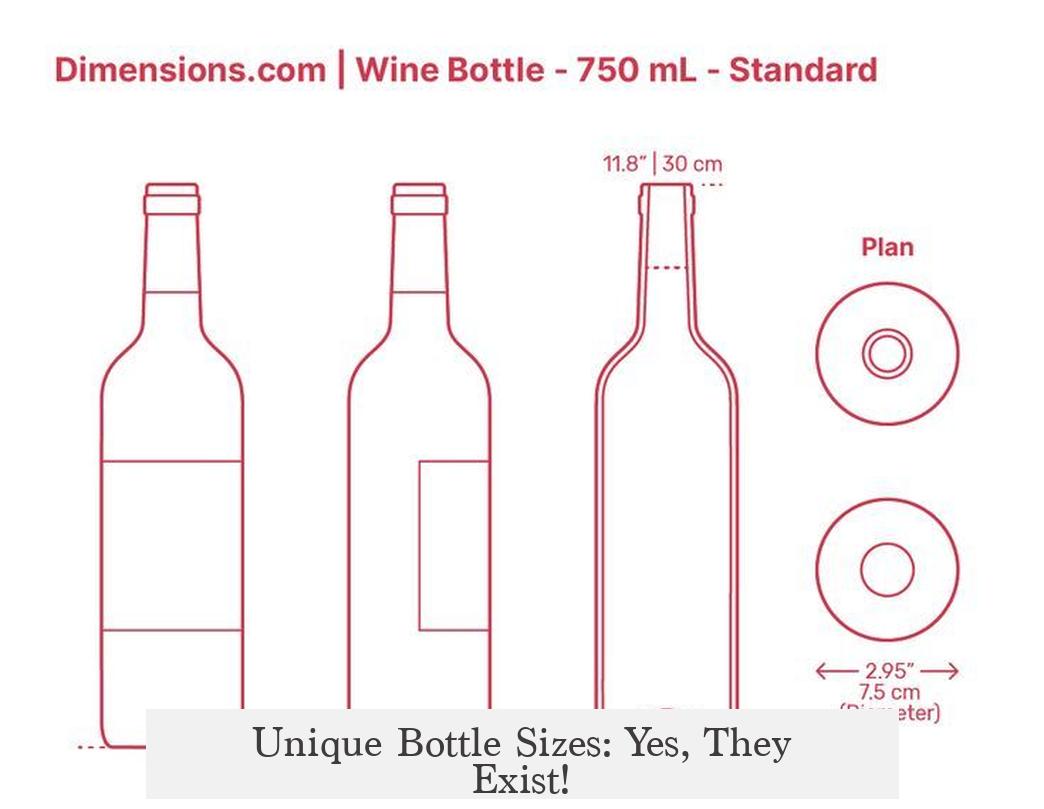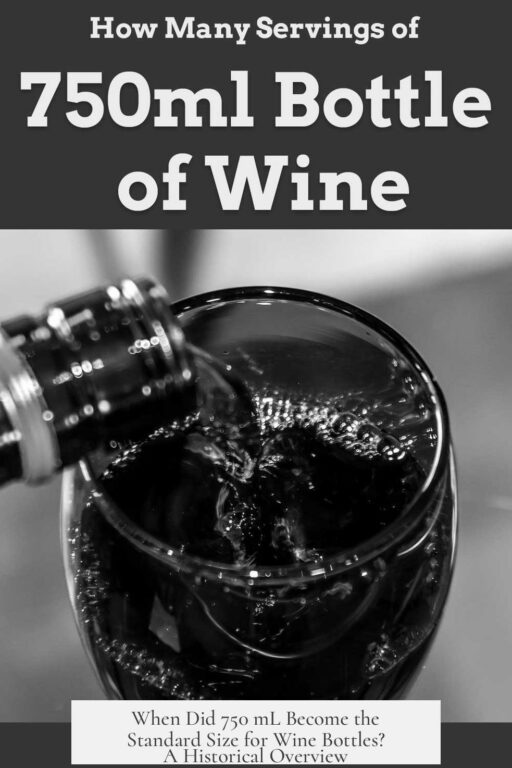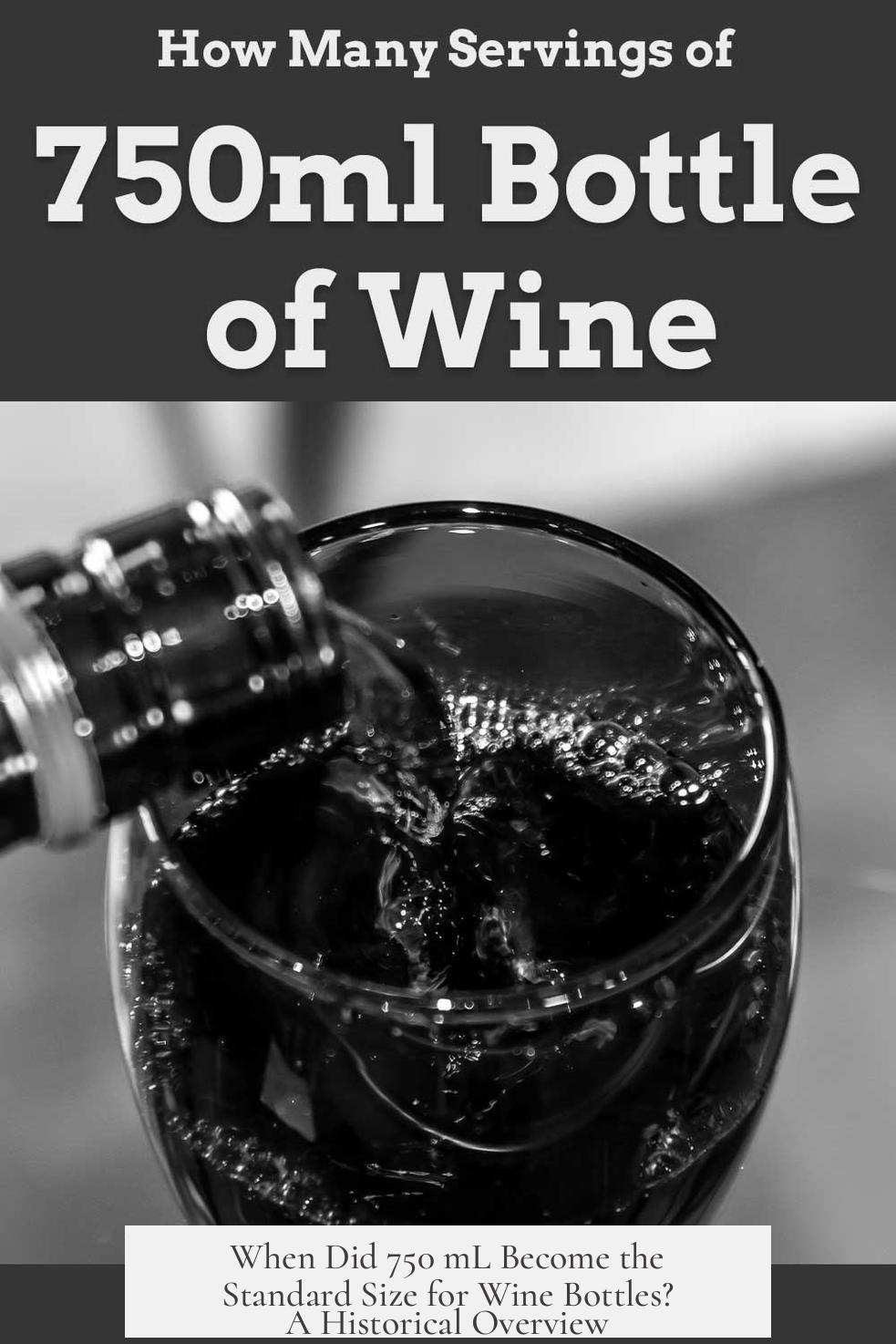The 750 mL bottle size became the standard for wine primarily due to a combination of historical measurement systems, practical shipping considerations, and international trade regulations established during the 20th century. It is not tied to a single event but evolved over time, especially as the wine trade globalized and metrication influenced packaging.
Historically, wine bottles varied greatly in capacity. In Europe, wine was often sold by volume but the bottle sizes were not standardized in the early periods. Before metric units, bottles commonly held about 25 fluid ounces, roughly 737 mL, which approximated the British Imperial wine bottle. When the metric system became adopted widely in the 19th and 20th centuries, it prompted producers to adopt rounded metric volumes.
The 750 mL size aligns closely with the traditional 25 fluid ounce bottle used in European wine-making. This made the transition to metric smoother while maintaining familiar volume for consumers and trade units.
Shipping and storage also influenced standardization. European wine bottles were designed to fit efficiently into wooden cases holding 12 bottles each. The 750 mL size allowed easy stacking, transportation, and storage logistics that balanced quantity and handling ease.
In the 1970s, as the United States moved to metric measurements for labeling and import regulations, the 750 mL bottle became the legal standard for wine bottles. This move harmonized with European exporters who already favored this size due to tradition and convenience.
Furthermore, international standards bodies like the OIV (International Organisation of Vine and Wine) recognized the 750 mL bottle as a standard unit for wine packaging. This consistency helped facilitate global trade by simplifying regulatory compliance and consumer expectations.
| Factor | Contribution to 750 mL Standard |
|---|---|
| Traditional Volume | Approximation of 25 fl oz European wine bottle, easing metrication |
| Logistics & Shipping | Fits packing crates of 12; efficient handling and transport |
| Regulation | 1970s US metric labeling prompted legal standardization |
| International Trade | OIV and trade consensus established 750 mL as global norm |
The exact historical moment when 750 mL became the universal standard is hard to pinpoint. It developed gradually during the 20th century, driven by technical, cultural, and regulatory factors rather than a specific decree. This evolution reflects how tradition and modern standardization interact within the wine industry.
- 750 mL matches traditional European 25 fl oz bottle
- Logistics favor crate packing and efficient shipment
- US and international regulations cemented the metric standard
- Standardization facilitates global wine trade and labeling
When and How Did 750 mL Become a Standard for a Bottle of Wine?

Simply put, the 750 mL wine bottle size became a standard during the late 19th to early 20th century, rooted in tradition, logistics, and international trade practices. But why 750 mL? Why not a neat liter or half a gallon? Let’s uncork the story behind this little glass vessel that holds so much more than just wine.
First, imagine wine production and trade centuries ago. Bottles were hand-blown, often by European glassmakers, and sizes varied widely. Standardization wasn’t just a matter of convenience; it was necessary for taxation, shipping, and commerce.
Now, let’s get more specific.
Historical Origins and Influences
European wine-growing countries, especially France, Germany, and Italy, traditionally used bottles close to 750 mL. This wasn’t random. Glassmakers in these regions developed a “typical” bottle size based on the capacity of their glassblowing equipment and molds. Over time, 750 mL became common enough to serve as a de facto standard.
Curious why 750 mL, not a round number like 1 liter? Here’s a practical answer: 750 mL is approximately 25.36 ounces, which fits neatly into the pre-metric system’s measurements. For example, it’s about a fifth of a U.S. gallon (128 ounces). When the U.S. was adopting metric measurements, 750 mL was close enough to a “fifth” (25.6 ounces) to make the switch manageable for producers and consumers.
So, the U.S. wine industry essentially embraced the 750 mL bottle because it fit their existing packaging norms and regulations better than an exact liter. This compatibility helped avoid confusion and facilitated international trade—especially with European exporters who already made similar-sized bottles.
The Role of Metrication and International Trade
With metrication spreading worldwide, having a unified bottle size simplified cross-border wine commerce. Importers and exporters needed a consistent unit to facilitate tariffs, quality control, and record-keeping. The 750 mL bottle fit the bill perfectly: small enough to be manageable, large enough to hold a generous serving, and compatible with many legal standards.
In 1976, when the U.S. passed the Wine Labeling Act, this volume was officially codified for wine bottling. It wasn’t an arbitrary choice but rather a recognition of an already widespread practice shaped by centuries of trade and tradition.
Besides Standardization, There’s a Practical Side Too!
Ever wondered how many glasses of wine are in a typical bottle? Usually four to five. And that’s typically how much people want to consume in one sitting or share among guests. The 750 mL size strikes a balance between freshness and convenience. Open a gallon? That sounds like a wine bath, not a cozy dinner. Open a tiny 375 mL bottle? You might feel shortchanged.
Wine preservation aside, the 750 mL bottle works well for glassware sizing too. Wine glasses often hold about 5 ounces. Pour five glasses, and you use up the bottle perfectly with minimum waste. Win-win.
Unique Bottle Sizes: Yes, They Exist!

Just so you know, 750 mL is standard, but it’s not the only game in town. Champagne bottles often come in magnums (1.5 L), jeroboams, and even larger formats for celebrations. German Riesling and other wines sometimes come in 500 mL “half” bottles. A quick stroll through a wine store reveals this variety.
But for everyday bottles, 750 mL dominates worldwide. It’s a blend of tradition, practicality, and regulation—not magic or random guesswork.
A Little History Lesson from Reddit
If you’re really itching for a deep dive into the history, the wine-loving community at /r/AskHistorians has an excellent thread answering this very question. While the original content we examined doesn’t give a direct timeline or step-by-step history, it points interested readers toward a detailed discussion hosted there.
This shows a curious fact in itself: sometimes, the backstory behind something seemingly simple like a bottle size isn’t a single event but a slow evolution shaped by many factors—handmade craft, metric system adoption, trade laws, and consumer habits.
In Summary
- The 750 mL bottle size became standard in wine trade largely because of European glassmaking traditions and practical volume considerations that fit early measurement systems.
- The size aligns neatly with the U.S. “fifth of a gallon,” helping transition to the metric system without drastic changes in packaging.
- International trade and wine laws reinforced 750 mL as the norm, especially during the 20th century.
- It’s also a practical size for consumption, balancing freshness, portioning, and shipping convenience.
- While other bottle sizes exist, nothing beats the ubiquity of the 750 mL for most wines worldwide.
Why Should You Care?
Knowing why your wine bottle holds 750 mL isn’t just trivia for baristas or sommeliers. It tells a story about how tradition meets regulation. It helps wine lovers understand the bottle in their hand isn’t arbitrary but crafted from a history of changing measures and tastes.
So next time you pour a glass from your 750 mL bottle, think of the centuries of craftsmanship, trade deals, and clever compromises bottled right inside—that’s the true vintage worth savoring.
Why is 750 mL the standard size for a wine bottle?
The 750 mL size likely originated in Europe. It matches traditional glassblower capacity for handmade bottles. Over time, it became a convenient and consistent volume for storage and shipping.
When did the 750 mL bottle size become widely adopted?
The size became standard in the 20th century, especially after metric measurements were introduced. It replaced earlier, varied bottle sizes to unify packaging for international trade.
How did legal regulations influence the 750 mL standard?
In the 1970s, the US and European countries set laws defining 750 mL as the official bottle size. This helped standardize wine sales and exports across markets using the metric system.
Did glassmaking capabilities affect the 750 mL size?
Yes, traditional glassblowers could consistently create 750 mL bottles by hand. This practical limit influenced the industry’s choice before mass production took over.
Are there wine bottles larger or smaller than 750 mL?
Many sizes exist, like half-bottles (375 mL) and magnums (1.5 L). However, 750 mL remains the common size for most commercial wines worldwide.




